Related Research Articles

Grand Duke Alexei Petrovich of Russia was a Russian Tsarevich. He was born in Moscow, the son of Tsar Peter I and his first wife, Eudoxia Lopukhina. Alexei despised his father and repeatedly thwarted Peter's plans to raise him as successor to the throne, to continue his policies. His brief defection to Austria scandalized the Russian government, leading to harsh reprisals against Alexei and his associates. Alexei died after interrogation under torture, and his younger half brother Peter Petrovich became the new heir apparent.
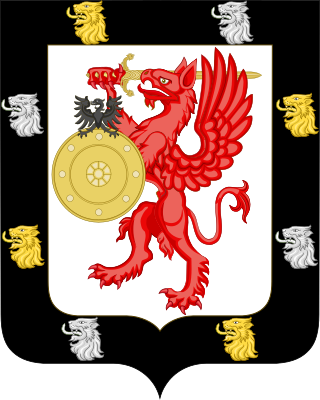
The House of Romanov was the reigning imperial house of Russia from 1613 to 1917. They achieved prominence after Anastasia Romanovna married Ivan the Terrible, the first crowned tsar of all Russia. Nicholas II, the last Emperor of Russia, and his immediate family were executed in 1918, but there are still living descendants of other members of the imperial house.

Alexei Mikhailovich, also known as Alexis, was Tsar of all Russia from 1645 until his death in 1676.

Peter II Alexeyevich was Emperor of Russia from 1727 until 1730, when he died at the age of 14. He was the only son of Tsarevich Alexei Petrovich and Charlotte Christine of Brunswick-Lüneburg. After Catherine I's death, Alexander Menshikov controlled Peter II, but was thwarted by his opponents and exiled by Peter. Peter was also influenced by favorites like Prince Aleksey Dolgorukov, leading to a neglect of state affairs and the tightening of serfdom. Peter's reign was marked by disengagement, disorder, and indulgence. He was engaged to Ekaterina Dolgorukova, but died suddenly of smallpox before the marriage, thus making him the last male agnatic member of the House of Romanov.

Alexei Nikolaevich was the last Russian tsesarevich. He was the youngest child and only son of Tsar Nicholas II and Tsarina Alexandra Feodorovna. He was born with haemophilia, which his parents tried treating with the methods of peasant faith healer Grigori Rasputin.

Tsesarevich was the title of the heir apparent or presumptive in the Russian Empire. It either preceded or replaced the given name and patronymic.

Count Fyodor Matveyevich Apraksin was one of the first Russian admirals, governed Estonia and Karelia from 1712 to 1723, was made general admiral (1708), presided over the Russian Admiralty from 1717 to 1728 and commanded the Baltic Fleet from 1723.
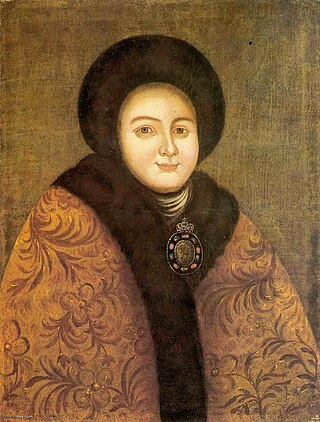
Tsarina Eudoxia Fyodorovna Lopukhina was the first wife of Peter I the Great, and the last ethnic Russian and non-foreign wife of a Russian monarch. She was the mother of Tsarevich Alexei Petrovich and the paternal grandmother of Peter II of Russia.
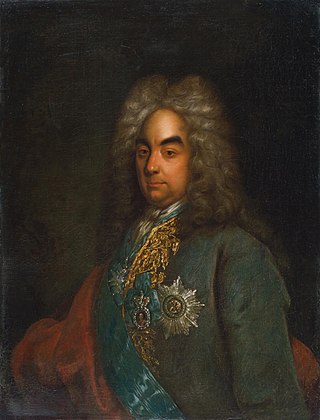
Count Pyotr Andreyevich Tolstoy was a Russian statesman and diplomat, prominent during and after the reign of Peter the Great. He was the ancestor of all the Counts Tolstoy, including the novelist Leo Tolstoy and Alexei Tolstoy the writer. His wife was Solomonida Timofeevna Dubrovskaya born 1660 and died 1722; he had two sons with her, Ivan and Peter. Both his sons died in exile with him the year before his own death. He was, however, survived by many grandchildren: the family was recalled by the Empress Elizabeth, daughter of Peter the Great in 1760, and had all honors and land restored.

Maria Ilyinichna Miloslavskaya was a Russian tsaritsa as the first spouse of tsar Alexis of Russia. She was the mother of tsar Feodor III of Russia, tsar Ivan V of Russia, and the princess regent Sophia Alekseyevna.

Charlotte Christine Sophie also known as Sophie Charlotte or simply Charlotte, was the wife of Tsarevich Alexei Petrovich of Russia. She was the daughter of Louis Rudolph, Duke of Brunswick-Wolfenbüttel and his wife, Princess Christine Louise of Oettingen-Oettingen.
The House of Sibirsky was the foremost of many Genghisid (Scheibanid) families formerly living in Russia. It traced its descent from Kuchum, the last of the Siberian khans.
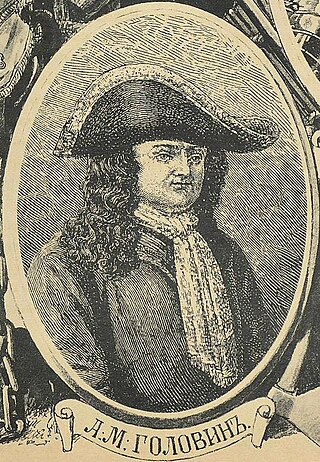
General Avtonom Mikhailovich Golovin was a Russian military leader and an associate of Peter the Great.

Michał Franciszek Goleniewski, also known as 'SNIPER' and 'LAVINIA', was an officer in the Polish People's Republic's Ministry of Public Security, deputy head of military counterintelligence GZI WP, later head of the Polish Intelligence technical and scientific section, and in the 1950s a spy for the Soviet government.
Paul Menesius was a Scottish soldier and diplomat, who spent most of his life in the service of the Russian Tsar Alexei.
Tsarevna Maria Alekseyevna was a Russian Princess, daughter of Tsar Alexis of Russia and Maria Miloslavskaya, sister of Tsar Feodor III of Russia and Tsar Ivan V of Russia and half sister of Tsar Peter the Great.

Tsarevich Alexei Alexeyevich was the second son and heir of Tsar Alexis of Russia and Maria Miloslavskaya, brother of Tsar Feodor III, Tsar Ivan V, and Tsarevna Sophia and half-brother of Tsar Peter the Great.
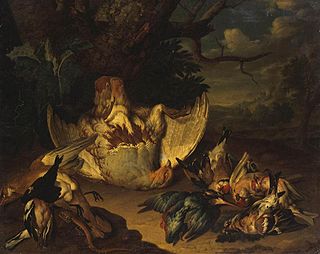
Events from the year 1718 in Russia
Kikin is a Russian masculine surname, its feminine counterpart is Kikina. It may refer to

Peter Petrovich was a Russian Tsarevich and son of Emperor Peter I and Empress Catherine. Tsarevich Peter became heir to the Russian throne in February 1718 after the Emperor removed his eldest son, Alexis Petrovich, from the succession. The Tsarevich died in 1719 aged 3 before inheriting the throne. His parents were Tsar Peter I and the future Catherine I. In 1732, a pretender emerged claiming to be the dead Tsarevich.
References
- 1 2 3 The Russian Biographical Dictionary
- ↑ Peter Julicher. Renegades, Rebels and Rogues under the Tsars. ISBN 978-0-7864-1612-7. Pages 124-127.